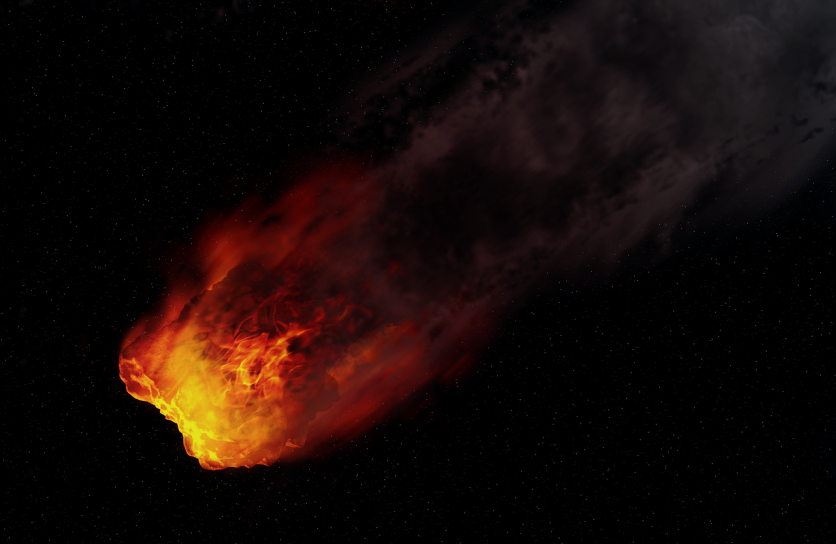
A large asteroid near Earth, which is predicted to approach the planet on Saturday, Feb. 15, is set one kilometer apart. An area rock of this size is estimated to kill millions in the region in just one stroke. The expected phenomenon would trigger a disaster on a global scale.
ALSO READ: NASA Warns of a Large and Potentially Dangerous Asteroid Speeding to our Solar System
Asteroid runs at more than 50,000 km/h
According to the Daily Express, the National Aeronautics and Space Administration (NASA) is monitoring asteroid 2002 PZ39, rushing toward Earth at speeds of more than 57,240 kilometers per hour (km/h) and deemed probably catastrophic. The space rock, which is expected to be between 440 meters and 990 meters wide, is to make a "near approach" to our planet at around 11:05 am GMT on Saturday.
The impact of an asteroid of this length could have catastrophic consequences not simply for a location it hits but for the whole planet.
NASA, as cited by the outlet, said the asteroid could cause local damage to the effect region if a rocky meteoroid large than 25m but smaller than one kilometer - a little more than half-a-mile - would hit Earth.
The near-Earth objects, categorized by scientists as "hazardous," is predicted to bypass Earth at a distance of 5.77 million kilometers (approximately 0.03860 astronomical units).
A single astronomical unit describes the gap from our planet to the Sun - about 93 million miles (149.6 million km). Although this seems to be a secure gap, the outcomes of such an area rock hitting our planet will be devastating, in keeping with NASA, so it stays alert.
ALSO READ: SpaceX Sends 60 More Starlink Satellites, Astronauts Still Worry About its Effects
NASA said collisions with near-Earth objects have passed off within the past since the orbital paths regularly go that of the Earth. The space agency remains to be alert to the opportunity of destiny near-Earth approaches. "It seems prudent to mount efforts to discover and take a look at these gadgets, to characterize their sizes, compositions, and structures and to hold an eye fixed upon their future trajectories", NASA said.
2002 PZ39, hopefully, would head toward Venus
The asteroid 2002 PZ39, after hopefully passing planet Earth, will hold its experience across the Solar System and head toward Venus. The asteroid is expected to pass by Venus on June 14, 2034. However, it's miles nevertheless early for us to heave a sigh of remedy as on August 25, 2034, the space rock will bypass via Earth again.
The potential threat of these NEOs was delivered up in a unique 2018 White House report as the National Near-Earth Object Preparedness Strategy, and Action Plan said that items, which are 1 kilometer wide, "could cause harm on a worldwide scale."
NEOs, according to the report, could cause earthquakes, tsunamis, and different secondary results that extend ways beyond the immediate impact region. The report added that an asteroid as big as 10 kilometers across is thought to have brought about the extinction of the dinosaurs. At the same time, NEOs struck the Yucatan Peninsula some 65 million years ago.
ⓒ 2025 TECHTIMES.com All rights reserved. Do not reproduce without permission.




